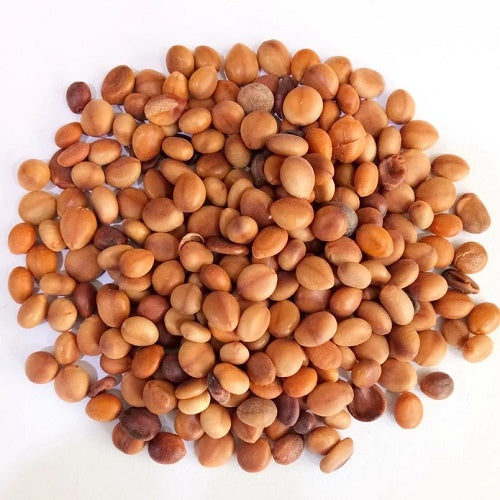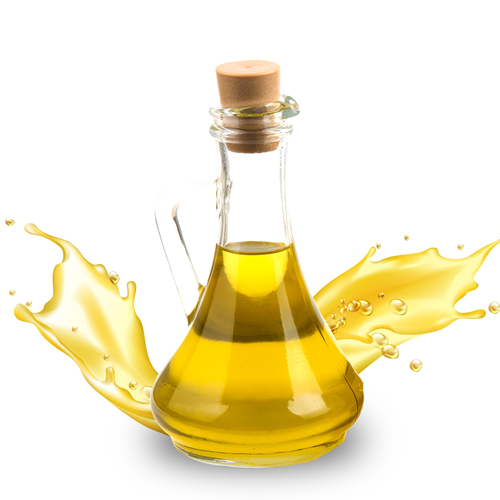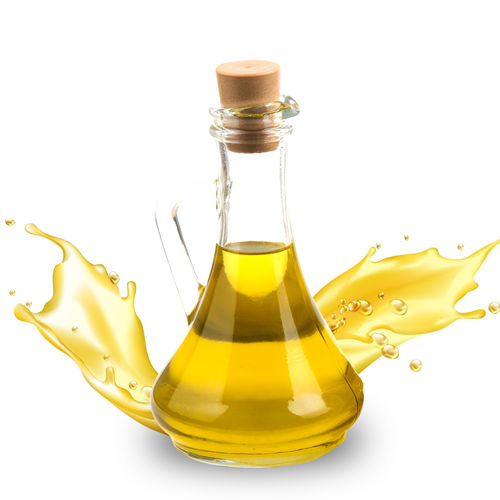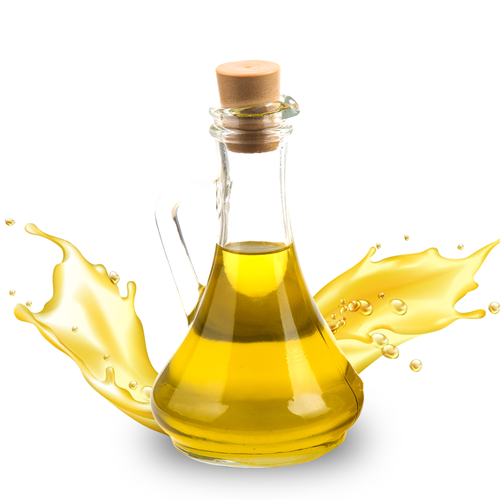Menu
Add description, images, menus and links to your mega menu
A column with no settings can be used as a spacer
Link to your collections, sales and even external links
Add up to five columns
Add description, images, menus and links to your mega menu
A column with no settings can be used as a spacer
Link to your collections, sales and even external links
Add up to five columns
LOOKING FOR BULK INGREDIENTS PRICING?

Benefits of Cassia Nodosa Seeds - Wholesale B2B Bulk Suppliers in USA
Cassia Nodosa Seeds: A Hidden Botanical Gem for Landscaping and Traditional Uses
Cassia Nodosa, commonly known as the Pink Shower Tree, is a beautiful flowering plant native to Southeast Asia and the Indian subcontinent. While the tree is admired for its lush pink blossoms that resemble cascading showers of flowers, its seeds also hold notable value. Cassia Nodosa Seeds are known for their ornamental, ecological, and potential traditional uses, making them a prized yet underrated botanical resource.
Botanical Profile
-
Botanical Name: Cassia nodosa
-
Family: Fabaceae
-
Plant Part Used: Seeds
-
Color: Brown
-
Common Names: Pink Shower Tree, Java Cassia, Apple Blossom Tree, Cassia Rosea
Plant Characteristics
Cassia Nodosa is a medium-sized deciduous tree that can grow up to 10–15 meters tall. It is celebrated for its profuse blooming in spring and early summer when the tree is covered in clusters of pink, rose, and pale red flowers. The seeds are housed in long, cylindrical pods and are brown, hard-coated, and glossy when mature.
Traditional and Ecological Significance
-
Ornamental and Landscaping Use
Cassia Nodosa Seeds are widely used for propagation of the Pink Shower Tree, a popular choice for beautifying gardens, public parks, and avenue plantations. The tree attracts bees and butterflies, making it a pollinator-friendly species. -
Soil Enrichment
Like many legumes, Cassia Nodosa enhances soil fertility through nitrogen fixation. Its cultivation can improve soil health and benefit nearby plants. -
Erosion Control
The tree’s roots help stabilize soil, making it ideal for planting on slopes and areas prone to erosion. -
Traditional Medicinal Uses
While not as extensively documented as other Cassia species, various parts of the tree including bark, leaves, and seeds have been used in local traditional medicine systems to address ailments such as fever, constipation, and skin disorders. -
Craft and Decorative Applications
The hard, glossy seeds are sometimes used in jewelry-making, craft projects, and seed art due to their durability and aesthetic appeal.
Propagation and Growing Conditions
Cassia Nodosa Seeds can be grown through direct sowing after scarification (slightly cracking or soaking the hard seed coat to promote germination). The tree thrives in warm tropical to subtropical climates and prefers well-drained soils with full sunlight exposure.
Precautions
While Cassia Nodosa is largely non-toxic and safe for ornamental use, any medicinal use of its seeds should be approached with caution. Scientific validation of its pharmacological properties is limited, so traditional use should be guided by experienced herbalists or practitioners.
Final Thoughts
Cassia Nodosa Seeds offer more than just a pathway to growing a spectacular flowering tree—they also support ecological health and may carry traditional value. Whether you're a gardener, landscaper, or someone interested in sustainable planting, these seeds are a wonderful addition to your green collection. Their role in beautifying spaces while benefiting the environment makes Cassia Nodosa a true botanical treasure.
For bulk orders and inquiries, visit Reveda - Cassia Nodosa Seeds
BUY ONLINE IN USA FROM REVEDA - The leading manufacturer B2B Bulk Wholesale Supplier of Cassia Nodosa Seeds in USA.
Also in Reveda: Health & Wellness

Benifits Of Omega-3 Fish Oil EE - 460 MG/G EPA & 180 MG/G DHA - Wholesale B2B Bulk Suppliers in USA
Read More
SUBSCRIBE NOW ...
Don't miss to get latest updates on sales, new releases and promotions

